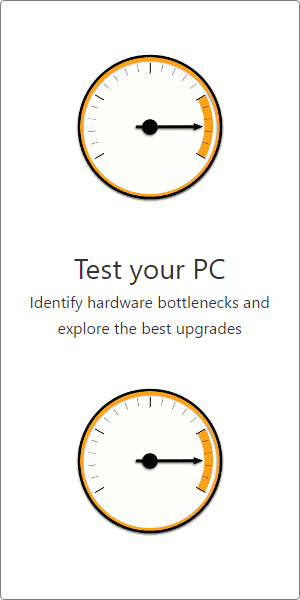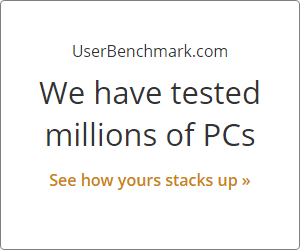The NVIDIA GeForce 8800 GTX or the G80 was a Revolutionary Graphics Card Unit that was released on November 2006 and was part of NVIDIA's GeForce 8 series, which would soon be beaten by the GeForce 9 series and then the GTX 200. It could run many, MANY games on it at that time due to it's Insanely powerful specifications, which is also one of the reasons it was expensive at the time or 599 USD . The specifications of the 8800 GTX is that it used the Tesla Architecture, had a Processing size of 90nm, a Transistor count of 681 Million, and had a Die size of 484mm^2. It's basic Clock speeds were 576 MHz to 1350 MHz or 1.35 GHz for the GPU clock and Shader Clock, it also had a memory clock of 900 MHz or 1.8 GHz (1800 MHz). It had a Length of 270mm or 10.6 In, TDP of 155W, PSU of 450W, 2 DVI and 1 S-Video outputs with a Power Connector of 2x 6 Pins. It had a GDDR3 @ 768 MHz and 384 bit Memory Bus and a 86.40GB/s Bandwith. It was also the first DX10 and DX11 GPU with OpenGL of 3.3, OpenCL of 1.1, CUDA of 1, and Shader of 4. It had 128 SU (Shading Units), 32 TMUs, 24 ROPs, 16 SMs, and a L2 Cache size of 96 KB. It's Theoretical Preformance is 13.82 GPixel/s for Pixel Rate, 36.86 GTexel/s for Texture Rate, and 345.6 GFLOPs for FP32 Preformance.
It was recommended to be pared with Intel's Core 2 Quad Q6600 @ 2.4 GHz and 3293 MHz (3.293 GHz) and could be ran at 640x480, 1280x720, 1366x768, and 1600x900. It can run TES, Dirt and Far Cry 3, Grand Theft Auto IV, and Grand Theft Auto V. Although you will have some problems running Grand Theft Auto IV due to the bad PC port for it on December 2, 2008 on High Settings, which the problem is that it gets below 20 FPS on all settings. [Dec '20 5912352351]

 GPU
GPU
